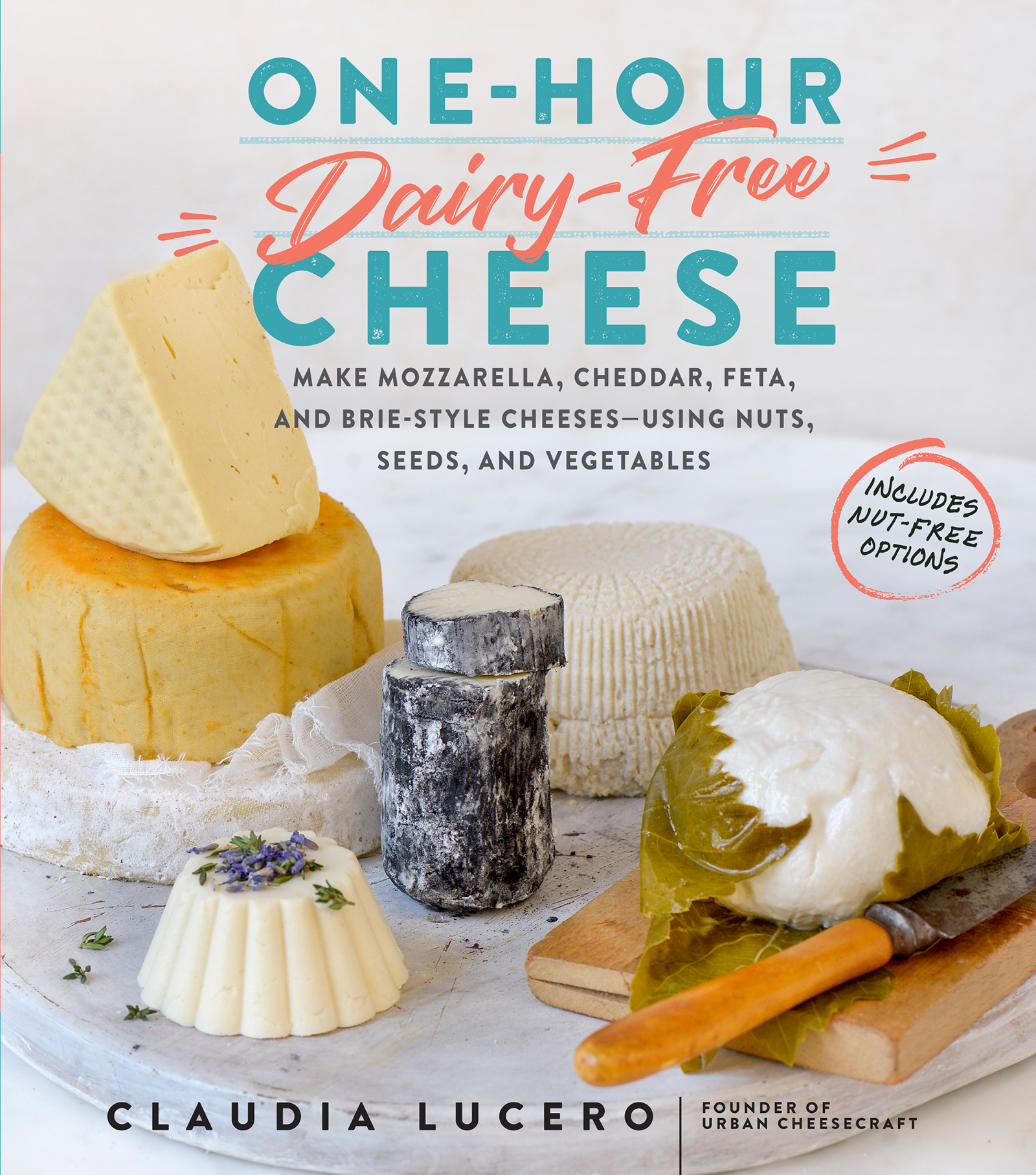
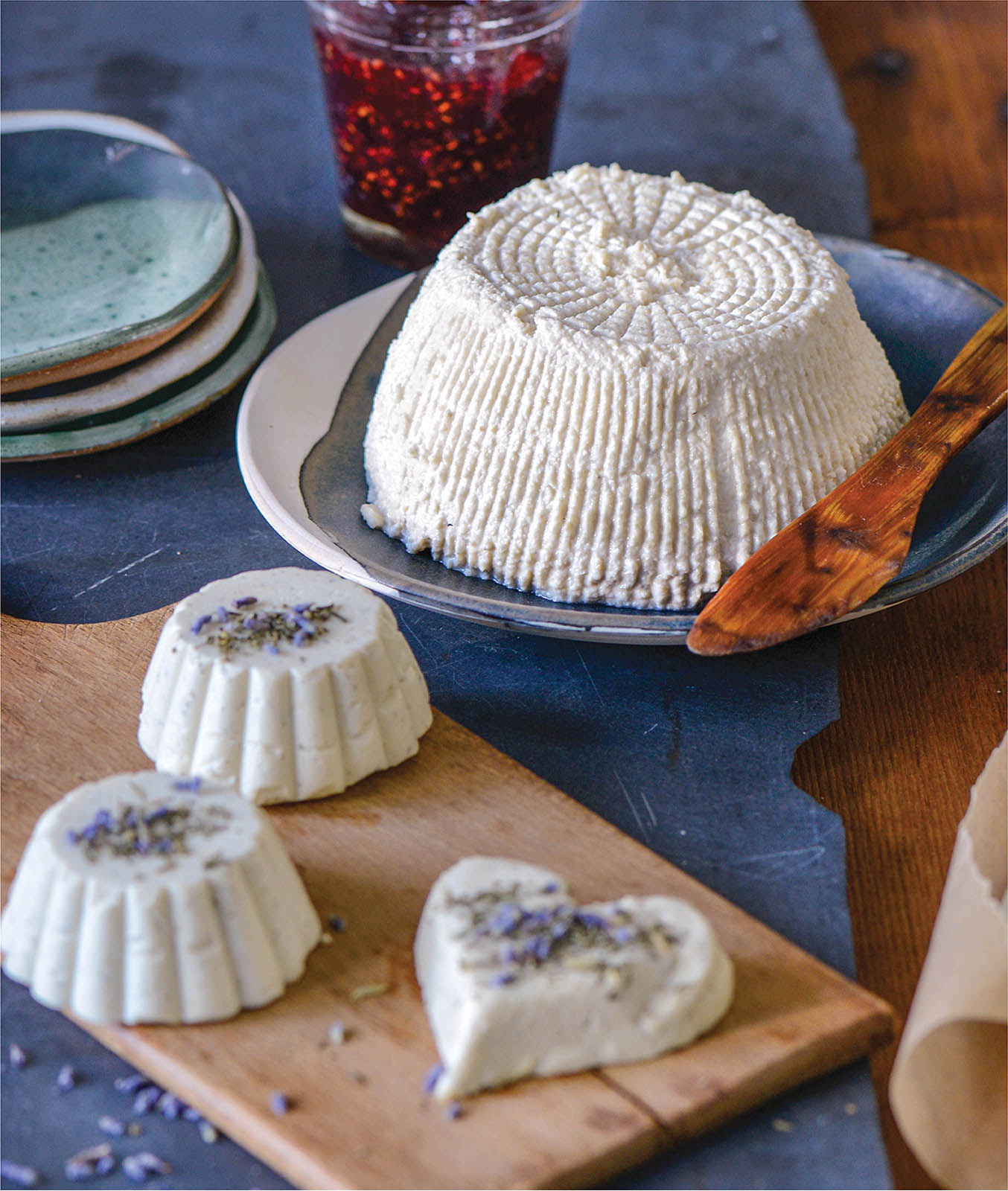
 Make Mozzarella, Cheddar, Feta, and Brie-style cheesesUsing Nuts, Seeds, and Vegetables Claudia Lucero Founder of Urban Cheesecraft and Creator of DIY Cheese Kits Workman Publishing New York Para mi mam. And to all who stubbornly believe that the seemingly impossible is possible. Good results in cooking, and life, depend on it.
Make Mozzarella, Cheddar, Feta, and Brie-style cheesesUsing Nuts, Seeds, and Vegetables Claudia Lucero Founder of Urban Cheesecraft and Creator of DIY Cheese Kits Workman Publishing New York Para mi mam. And to all who stubbornly believe that the seemingly impossible is possible. Good results in cooking, and life, depend on it. 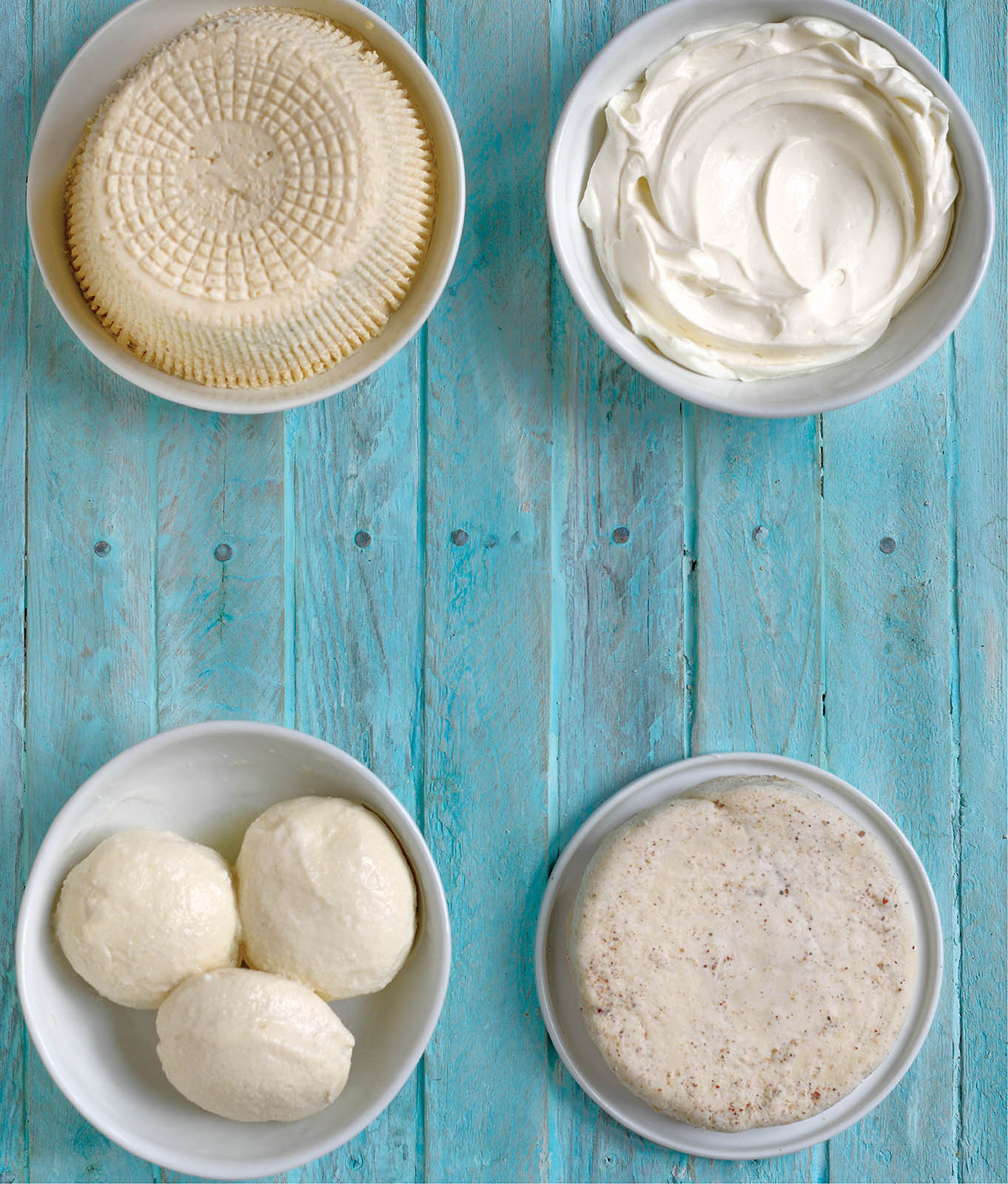 Contents You just never know where life will take you. These are less common key ingredients but are easily found nonetheless. Learn about their specific roles in making dairy-free cheese and how you can pick and choose to customize your cheese.
Contents You just never know where life will take you. These are less common key ingredients but are easily found nonetheless. Learn about their specific roles in making dairy-free cheese and how you can pick and choose to customize your cheese.
More details on the gelling agents that make our cheeses solid. Keep these basics close at hand and whip up delicious dairy-free cheese at any moment. Learn about what is left out of the cheese recipes on purpose. : Each recipe is followed by an easy-to-prepare dish using that cheese. Suggestions on where to start and how to mix and match. , , 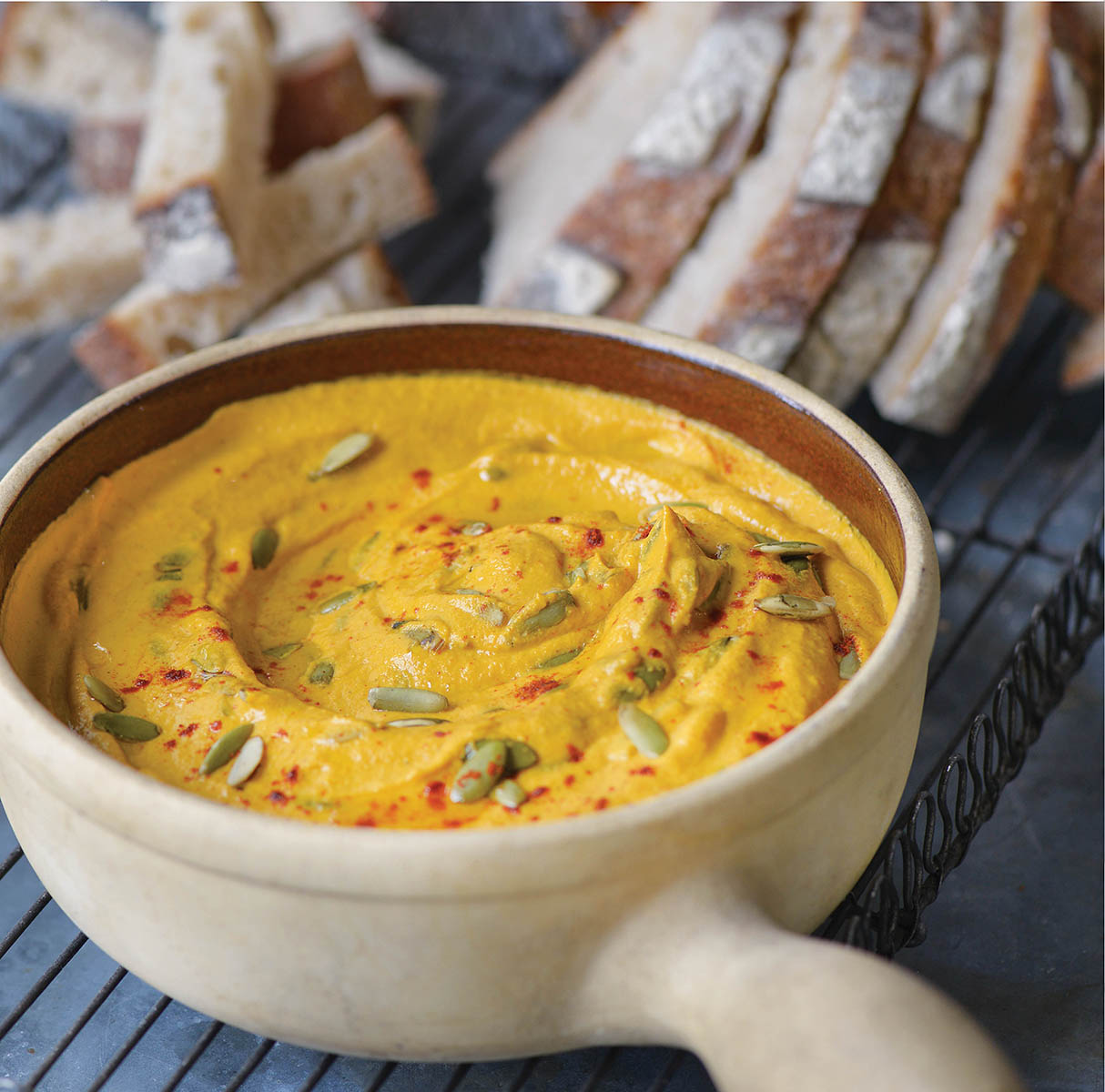 Ready to get more creative and customize your own cheese? Keep these tips in mind and youll give dairy-free cheese the appetizing look, taste, and texture of traditional cheese.
Ready to get more creative and customize your own cheese? Keep these tips in mind and youll give dairy-free cheese the appetizing look, taste, and texture of traditional cheese.
Create tantalizing rinds by embellishing with flowers and herbs, rubbing, rolling in spices, and drying your wheels. Essentials when constructing cheese without dairy.  Have more than an hour? Learn the simple methods for getting that aged lacto-fermented flavor in dairy-free cheese with the help of homemade probiotic brines. Now that youve learned about fermentation, lets create some flavor using probiotics and time. Serve these simple accompaniments with your cheese for a complete platter. Introduction From Cheesemaker to Cheese Maker
Have more than an hour? Learn the simple methods for getting that aged lacto-fermented flavor in dairy-free cheese with the help of homemade probiotic brines. Now that youve learned about fermentation, lets create some flavor using probiotics and time. Serve these simple accompaniments with your cheese for a complete platter. Introduction From Cheesemaker to Cheese Maker 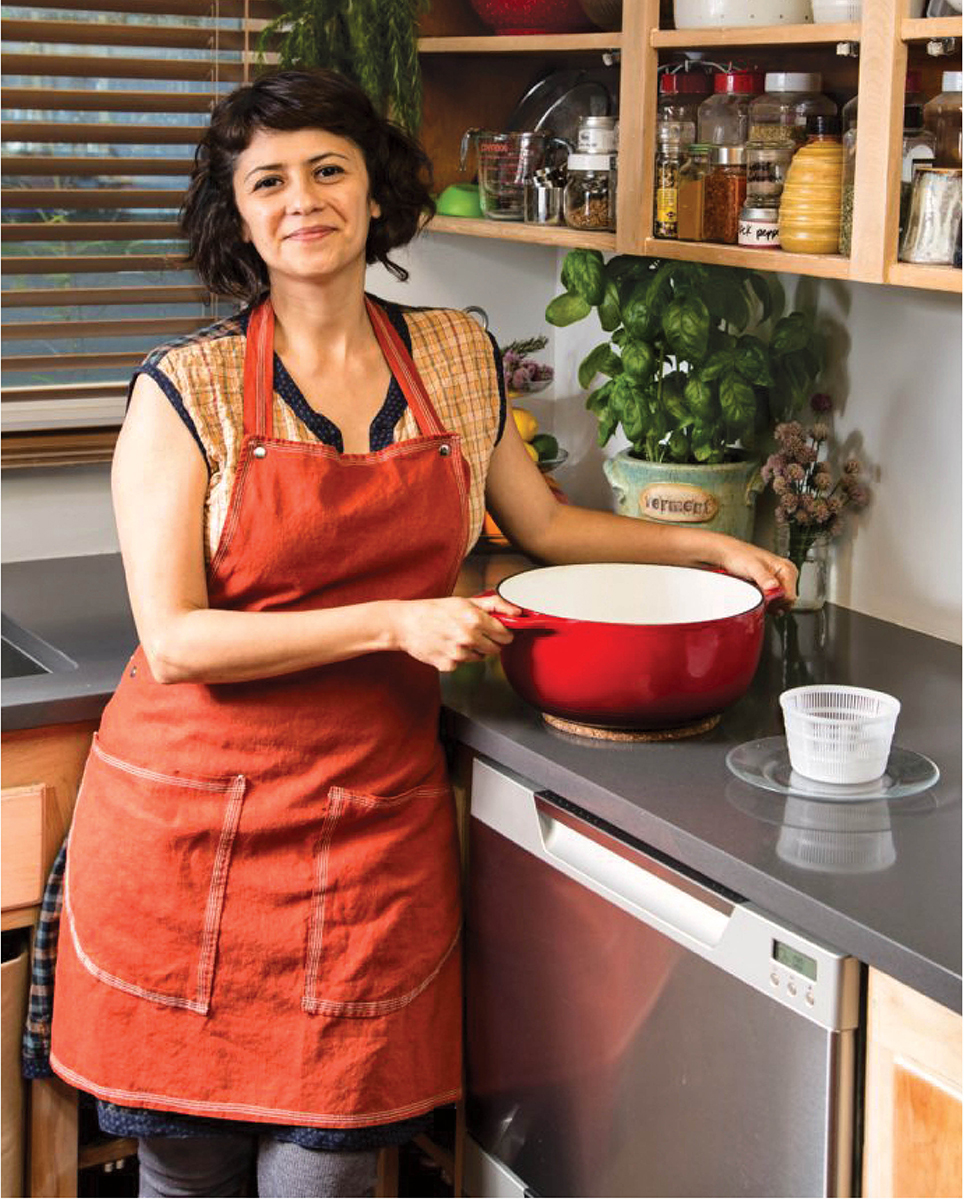 H i, Im Claudia, the cheesemaker and founder of Urban Cheesecraft.
H i, Im Claudia, the cheesemaker and founder of Urban Cheesecraft.
You may be wondering how a cheesemaker became interested in dairy-free cheese. Heres the not-so-short story... Back in 2007, after setting a goal to make much of my own food from scratch and know its source, I began teaching myself to make dairy-based cheeses through trial and error. In 2009, with curious friends encouraging me and student loans to be paid, I put my knowledge into do-it-yourself cheese kits that make it super easy for anyone to master simple cheesemaking. I started a shop on Etsy, which at that time had no cheesemaking kits at all. Much to my surprise, I was discovered by a buyer from a Whole Foods Market in the Pacific Northwest.
That catapulted me into making and delivering cheese kits in the evenings and on weekends, when I wasnt working at the Rock n Roll Camp for Girls here in Portland, Oregon. Id only hoped that my Etsy shop would bring in a little side incomeif anyone managed to find the shop at alland suddenly the wholesale orders were coming in fast! Like me, people wanted to create their owntheir own bread, pickles, sauerkraut, jam, and yes, cheese. In 2011, Williams Sonoma caught on to the craze and invited me to partner with them on a private line of kits. It was an incredible opportunity. If I could help a lot of people reclaim a lost skill, know every single ingredient going into their cheese, and empower them to create for themselves a food that had become a factory commodity, I was in! As interest in knowing our food sources and taking control of much of its production grew, demand for classes soared. I started teaching home cheesemaking and even wrote the book One-Hour Cheese.
Very early on, however, I realized that lots of people living the dairy-free life were missing out on the delightful world of homemade cheese. I got regular emails inquiring about using soy or almond milk with my kits and, it never failed, I would get at least one person in every class who would ask about plant milk substitutions. Sadly, the same science and ingredients used in dairy-based cheeses are difficult to apply to lower-fat, lower-protein plant-based milks, so for many years, I could not offer much help. Always Learning Then it got personal. My partner began to have health issues. He decided to follow an anti-inflammatory diet to improve his health.
One of the first food groups to go was dairy. Oh no! My days of having an in-house taste tester were over. Or were they? Im a curious cook and adventurous eater so Id been creating some dairy-free sauces and dips since my late teens. I had only dabbled, though, and the macaroni and cheese sauces were the only ones that were compelling. Commercially made vegan cheeses became more and more available in stores, but they never failed to disappoint this longtime cheese lover. The texture was wrong, the flavor came across as scientific tasting, and the ingredients, when recognizable at all, were not exactly nutritious.
This has improved in recent years with small companies that are creatively culturing and aging nut cheeses for depth of flavor, but the large corporations still seem to focus on the look, versus the taste and nutrition, of their products. Fast-forward to my adult life and my partners new anti-inflammatory diet that slowly infiltrated my own (most days, I think thats for the better). We adjusted to not having dairy be part of our meals at home, and I also started cooking without sugar, soy, grains, and, more relevantly, gluten. Why is gluten a big part of this? Well, it was learning to use tapioca starch in bread that first gave me hope for the possibility of good dairy-free cheese. I tasted po de queijo for the first time at a Williams Sonoma event. I met Junia from Brazi Bites (and Shark Tank fame), who very generously shared her delicious cheese bread puffs with me that busy morning when I had left home without breakfast.
The heavenly puffs were crusty on the outside, chewy on the inside. I thought all that chewy texture was because of the cheese, but it wasnt until I made tapioca-based tortillas at home and discovered their gummy centers (tasting as if they were filled with cheese) that I had my breakthrough. I began combining tapioca starch with other grain-free flours, adding spices to the dough, and lo and behold, Id made a sort of quesadilla. This was life-changing for us at home. Im Mexican, for goodness sake, and I had missed my cheesy tacos and burritos! 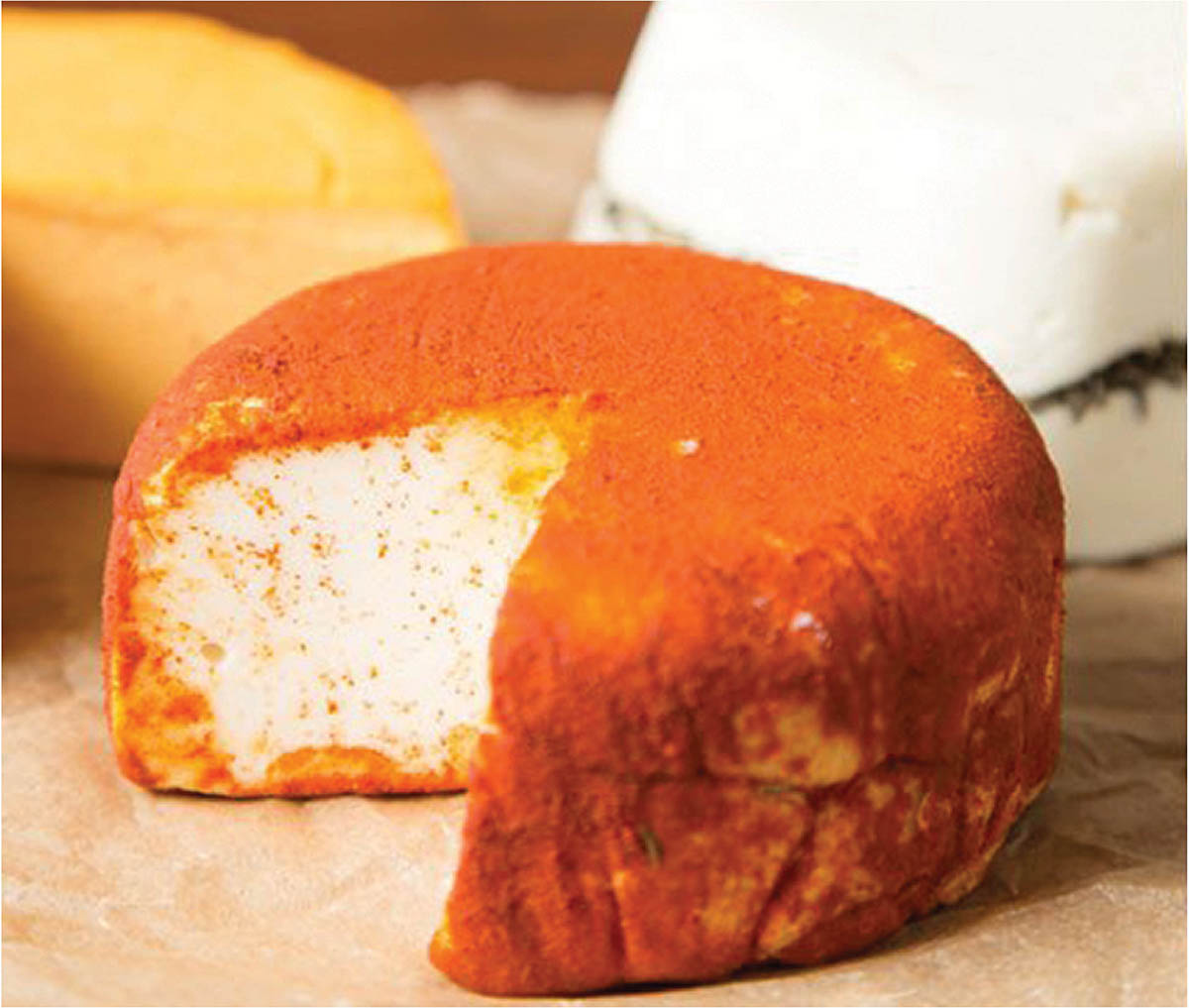 Id previously sampled a commercially made dairy-free cheese that used a lot of tapioca and didnt care for the aftertaste. It had not occurred to me to test tapioca myself.
Id previously sampled a commercially made dairy-free cheese that used a lot of tapioca and didnt care for the aftertaste. It had not occurred to me to test tapioca myself.
Thankfully, that lingering flavor wasnt apparent in my homemade quesadillas. I researched it and learned about its extensive use around the world as a staple and made the connection that tapioca comes from yuca (aka cassava). Eureka! Id tasted fried yuca in the Dominican Republic. I was already a fan and did not know it. I tested tapioca starch in mac n cheese sauces and, with the help of agar powder, made solid cheese wheels. I turned to some classic books for inspiration in the beginning, but because so many of them use carrageenan, grains, and soy, I soon veered off on my own path.
Next page


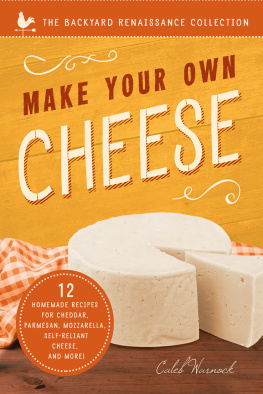
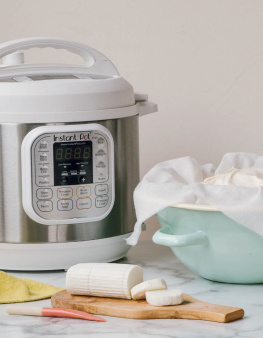
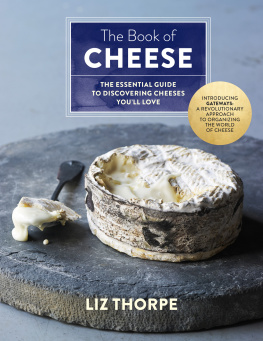
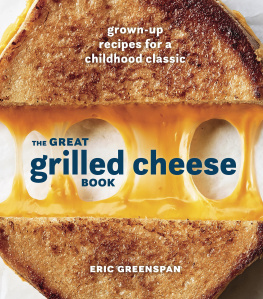
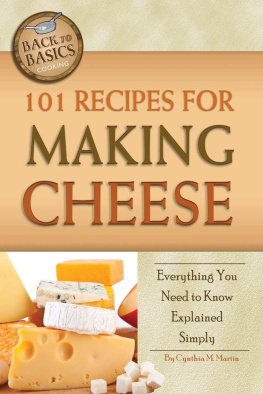
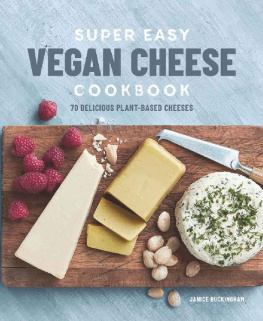
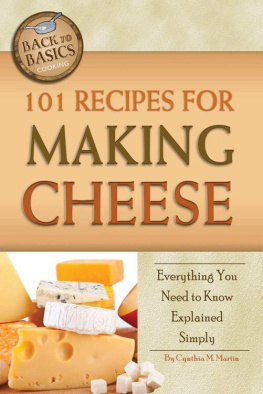


 Make Mozzarella, Cheddar, Feta, and Brie-style cheesesUsing Nuts, Seeds, and Vegetables Claudia Lucero Founder of Urban Cheesecraft and Creator of DIY Cheese Kits Workman Publishing New York Para mi mam. And to all who stubbornly believe that the seemingly impossible is possible. Good results in cooking, and life, depend on it.
Make Mozzarella, Cheddar, Feta, and Brie-style cheesesUsing Nuts, Seeds, and Vegetables Claudia Lucero Founder of Urban Cheesecraft and Creator of DIY Cheese Kits Workman Publishing New York Para mi mam. And to all who stubbornly believe that the seemingly impossible is possible. Good results in cooking, and life, depend on it.  Contents You just never know where life will take you. These are less common key ingredients but are easily found nonetheless. Learn about their specific roles in making dairy-free cheese and how you can pick and choose to customize your cheese.
Contents You just never know where life will take you. These are less common key ingredients but are easily found nonetheless. Learn about their specific roles in making dairy-free cheese and how you can pick and choose to customize your cheese. Ready to get more creative and customize your own cheese? Keep these tips in mind and youll give dairy-free cheese the appetizing look, taste, and texture of traditional cheese.
Ready to get more creative and customize your own cheese? Keep these tips in mind and youll give dairy-free cheese the appetizing look, taste, and texture of traditional cheese. Have more than an hour? Learn the simple methods for getting that aged lacto-fermented flavor in dairy-free cheese with the help of homemade probiotic brines. Now that youve learned about fermentation, lets create some flavor using probiotics and time. Serve these simple accompaniments with your cheese for a complete platter. Introduction From Cheesemaker to Cheese Maker
Have more than an hour? Learn the simple methods for getting that aged lacto-fermented flavor in dairy-free cheese with the help of homemade probiotic brines. Now that youve learned about fermentation, lets create some flavor using probiotics and time. Serve these simple accompaniments with your cheese for a complete platter. Introduction From Cheesemaker to Cheese Maker  H i, Im Claudia, the cheesemaker and founder of Urban Cheesecraft.
H i, Im Claudia, the cheesemaker and founder of Urban Cheesecraft. Id previously sampled a commercially made dairy-free cheese that used a lot of tapioca and didnt care for the aftertaste. It had not occurred to me to test tapioca myself.
Id previously sampled a commercially made dairy-free cheese that used a lot of tapioca and didnt care for the aftertaste. It had not occurred to me to test tapioca myself.